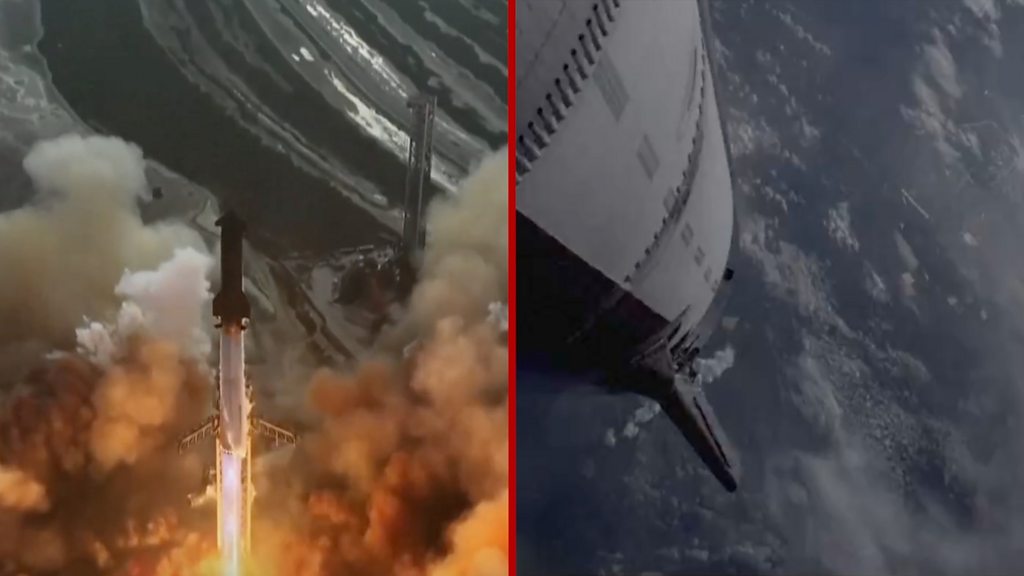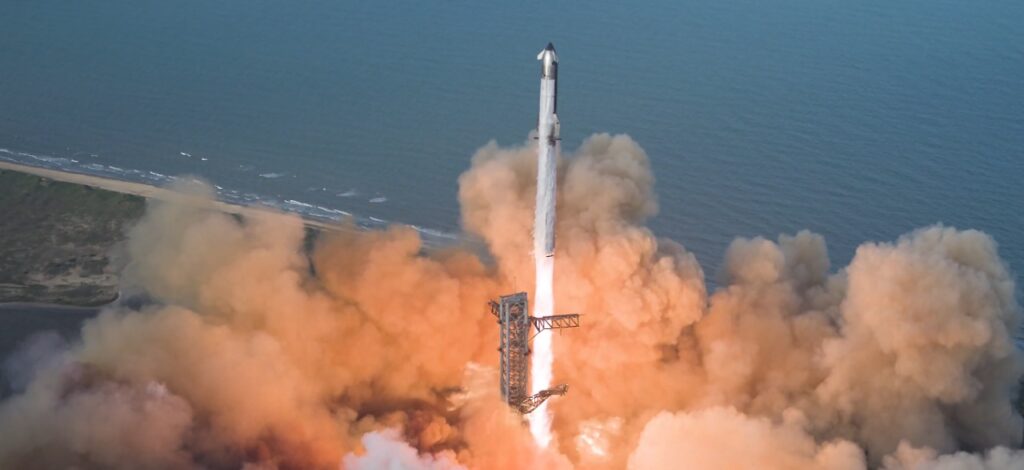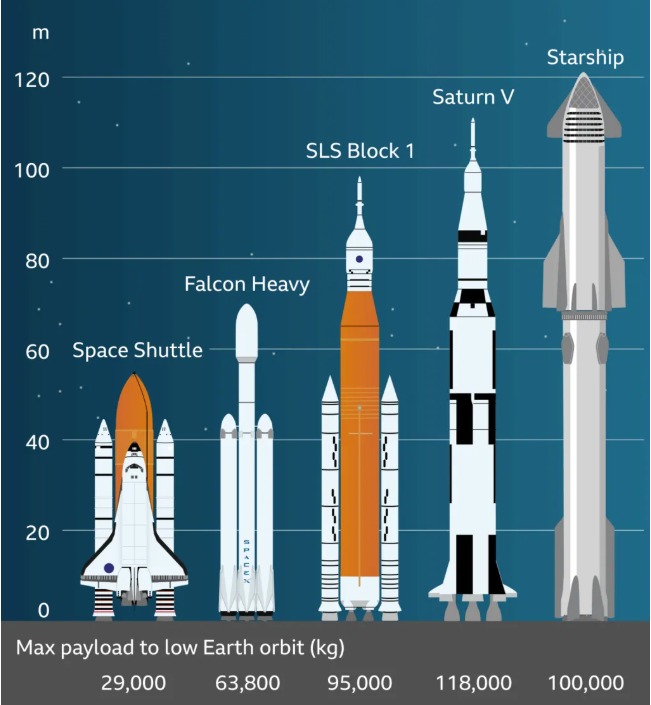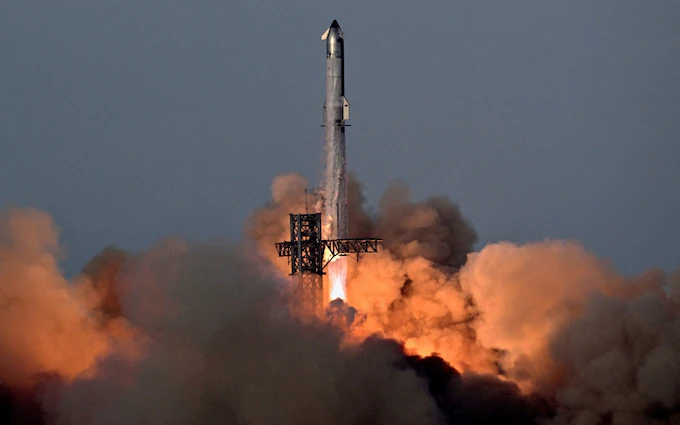Elon Musk’s Starship, the world’s most powerful rocket, completes a key test flight after string of setbacks. SpaceX successfully launched Starship rocket on Tuesday night following a series that cast doubt on its ability to realize his vision of colonizing Mars.
The 403ft (123m) vehicle lifted off from SpaceX’s Starbase site in southern Texas at 7.30pm local time (12.30am BST), marking the tenth full test flight of the world’s most powerful rocket system.

The launch, which was delayed owing to poor weather, comes as a much-needed boost to Mr Musk after a string of disastrous Starship launches.
The company’s first two flights this year blew up within minutes, while a third failed to deploy dummy satellites and spun out of control. In last June, another Starship spacecraft exploded on a test flight stand during fuelling.

On the occasion, the starship rocket reached space, separated cleanly from its Super Heavy booster and survived atmospheric re-entry before breaking up over the Indian Ocean.
SpaceX described the mission as a massive success, having met key test objectives, including satellite deployment and evaluation of a new heat shield.

The company often says it uses failures as an opportunity to learn and improve its technology for future launches but the company was under increased pressure to pull off a successful mission after the continue failures recently.
In a first for the programme, Starship released mock Starlink satellites using a new “Pez-style” dispenser, though a malfunctioning hatch prevented full deployment.

SpaceX employees watching the broadcast cheered as the mock satellites left the rocket one by one and applause erupted again inside mission control room when the spacecraft re-entered the earth’s atmosphere about an hour later.
Please lister our article here-
The Super Heavy Booster, which normally attempts a return to the launch tower, was instead directed to splash down in the Gulf of Mexico as part of a test of an alternative recovery profile. The booster exploded before reaching the ocean, after entering a steep descent and losing engine control.
(ref- https://www.telegraph.co.uk)
